The art world has encountered a transformative force that’s reshaping the very notion of ownership, collectability, and digital innovation—Non-Fungible Tokens (NFTs). As the digital counterparts to one-of-a-kind physical art pieces, NFTs have gained rapid popularity, creating new avenues for artists to monetize their work and for collectors to invest in digital art. In this exploration of NFTs within the art ecosystem, we’ll delve into their implications and how they’re altering the traditional art landscape.
What are NFTs?
NFTs are unique digital assets verified using blockchain technology, which ensures authenticity and ownership. Unlike cryptocurrencies such as Bitcoin, which are fungible and can be exchanged on a one-to-one basis, each NFT has a distinct value and cannot be exchanged on equivalency. This distinctiveness has made them particularly appealing for representing digital art and collectibles.
Artists Embracing the NFT Movement
Digital artists are among the biggest beneficiaries of the NFT boom. Through NFT platforms, they can sell their digital works directly to a global audience without the need for galleries or auction houses that traditionally take a significant cut of the sales. Furthermore, blockchain enables the embedding of royalties into NFTs, allowing artists to continue earning a percentage of sales each time their art is resold.
Collectors and the NFT Craze
For collectors, NFTs offer a new asset class that’s both exciting and speculative. The digital ownership of an NFT provides the collector with the rights to the unique artwork, enjoy bragging rights, and potentially resell it for a profit if the value appreciates. High-profile sales, such as Beeple’s collage fetching $69 million at Christie’s, have amplified the buzz around NFTs.
Art Platforms and Marketplaces for NFTs
Several online marketplaces have emerged as the go-to platforms for buying and selling NFTs:
- OpenSea: OpenSea is a leader in the NFT marketplace, offering a wide range of digital art and collectibles.
- Rarible: Another popular platform that not only facilitates the sale of NFTs but also allows artists and creators to issue and sell their own NFTs.
- Foundation: This platform connects digital creatives directly with collectors and provides a curated space for exclusive NFT art pieces.
Impact on the Art World
The advent of NFTs has sparked a plethora of discussions around the value of art and digital ownership. While some embrace NFTs as the future of art collecting, others debate the environmental impact of maintaining blockchain networks and question the longevity of digital assets.
Navigating the Future of NFTs in Art
The world of art NFTs is still in its early stages, with vast potential for expansion and innovation. As the technology and regulatory frameworks evolve, the art industry will adapt, offering both opportunities and challenges.
- ArtNet News: Provides insightful articles on the latest trends and news about NFTs in the art world.
- NonFungible.com: Offers data, analysis, and tracking of the various NFT markets and trends.
In wrapping up, NFTs have undoubtedly initiated a new chapter in the art sphere, one that rewards digital innovation and redefines traditional models of art creation, ownership, and valuation. As artists and collectors navigate this brave new world of NFTs, the potential for broader acceptance and integration within the art world only seems to be growing. Whether a fleeting trend or the future of digital artistry, NFTs have made an indelible mark on the art community, heralding an era of artistic empowerment and digital possibility.




 AGF-B.CO
AGF-B.CO